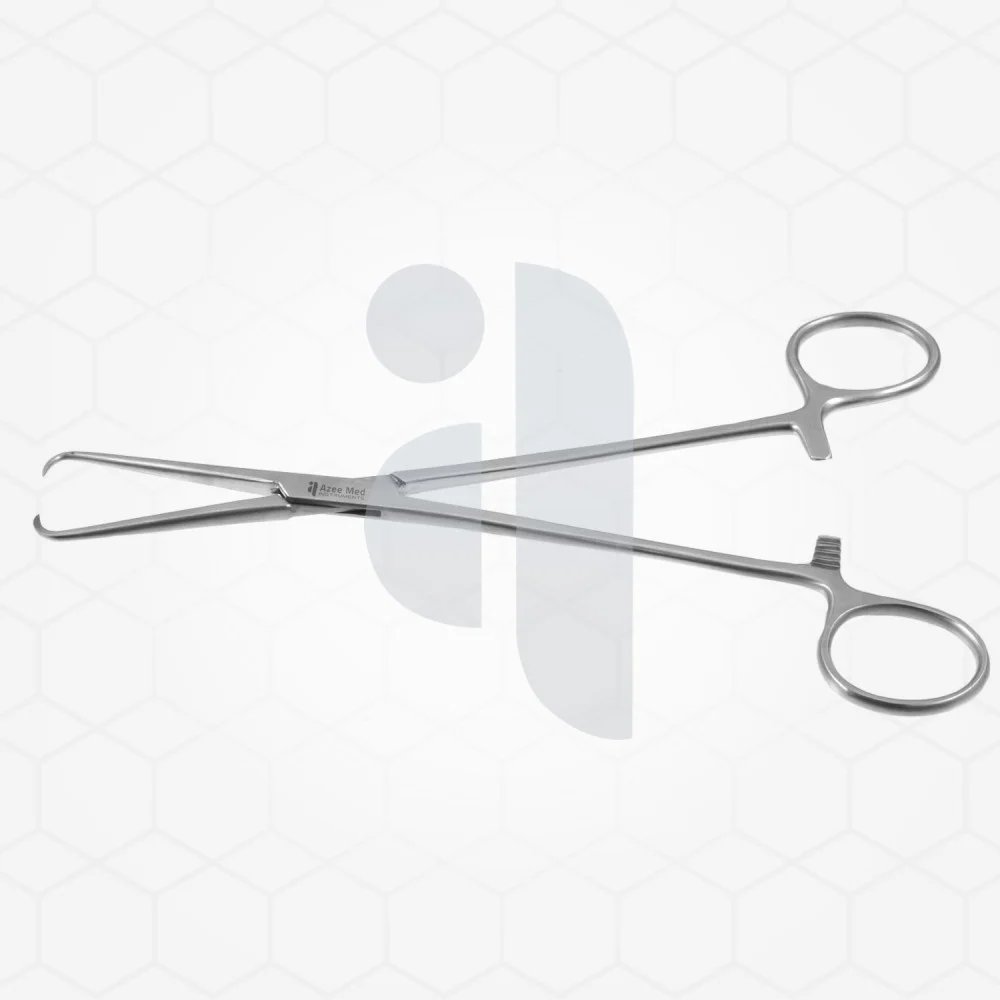Forceps surgery plays a crucial role in modern obstetrics, offering a way to assist in complex childbirth situations. It’s a procedure that has been widely practiced for decades and remains a vital tool for medical professionals in ensuring the Forceps surgery safety of both mother and baby during delivery. Understanding its purpose, how it’s performed, the risks involved, and what to expect during recovery can provide reassurance to those who may need this intervention.

What is Forceps Surgery?
Forceps surgery refers to a specialized medical procedure often used during childbirth. It involves the use of a medical instrument shaped like a pair of large, curved tongs, called forceps. These are carefully placed around the baby’s head to guide it through the birth canal when a vaginal delivery becomes challenging. The aim is to assist mothers in completing the delivery safely, particularly when the baby’s well-being or the mother’s health is at risk.
This method is most commonly employed during the second stage of labor when contractions and pushing alone are not sufficient to deliver the baby. While forceps-assisted delivery may sound intimidating, skilled obstetricians ensure that it is performed with precision and care.
Purpose of Forceps-Assisted Delivery
The primary goal of forceps surgery is to help deliver the baby safely when complications arise. Conditions that may warrant the use of forceps include prolonged labor, fetal distress, or maternal exhaustion. Sometimes, the baby may be in an awkward position, making it difficult to pass through the birth canal naturally. Forceps provide the necessary assistance to reposition and deliver the baby in such cases.
This procedure also helps to avoid more invasive methods, such as an emergency Cesarean section, which might involve longer recovery times for the mother. Ultimately, Forceps surgery is a life-saving intervention when labor becomes particularly difficult or poses risks.
How the Procedure is Performed
Forceps surgery is typically performed in a hospital setting under professional supervision. Once the decision is made to proceed with forceps, the medical team ensures that the mother is properly prepared. Anesthesia or pain relief methods, such as an epidural, may be administered to keep the mother comfortable during the procedure.
The forceps are gently inserted into the vagina and positioned around the baby’s head. With each maternal contraction, the doctor carefully applies controlled traction to help guide the baby out. Attention is given to minimizing any discomfort for the mother and potential pressure on the baby’s head.
If the baby’s position makes it particularly difficult for a safe delivery, the doctor may combine the forceps procedure with an episiotomy to create more space for the baby to pass through.
Risks and Possible Complications
Like any medical procedure, forceps-assisted delivery involves certain risks. For the baby, there might be temporary marks or bruises on the head due to the use of the forceps, which usually heal in a few days. Rarely, more serious injuries, such as nerve damage or skull fractures, can occur. For the mother, complications may include vaginal tearing, pain, or, in some instances, pelvic floor injuries.
With advances in medical techniques and careful judgment by experienced practitioners, the risks associated with forceps surgery have been significantly minimized. Discussing concerns with your doctor beforehand can help address any uncertainties and ensure informed decision-making.
Recovery After Forceps Surgery
Recovery from a Forceps surgery delivery varies among women. Mothers often experience some level of discomfort in the pelvic area, which can be managed with pain relief prescribed by the doctor. Proper rest and gentle postpartum exercises may help with healing and rebuilding strength. If an episiotomy or vaginal tearing occurred during delivery, stitches will likely be required, and doctors will guide mothers on proper wound care.
For the baby, the marks or swelling caused by the use of forceps typically resolve within a few days. Doctors monitor both the mother and baby after the delivery to ensure a smooth recovery process. Regular follow-up appointments are crucial to address any issues that might arise.
conclusion
Forceps surgery remains an important intervention in obstetrics, providing a solution in challenging delivery situations. While the process can seem daunting, understanding how it works and the benefits it offers can help alleviate concerns. With skilled medical professionals handling the procedure and advancements in care, forceps-assisted deliveries have proven to be safe and effective for both mothers and babies.












